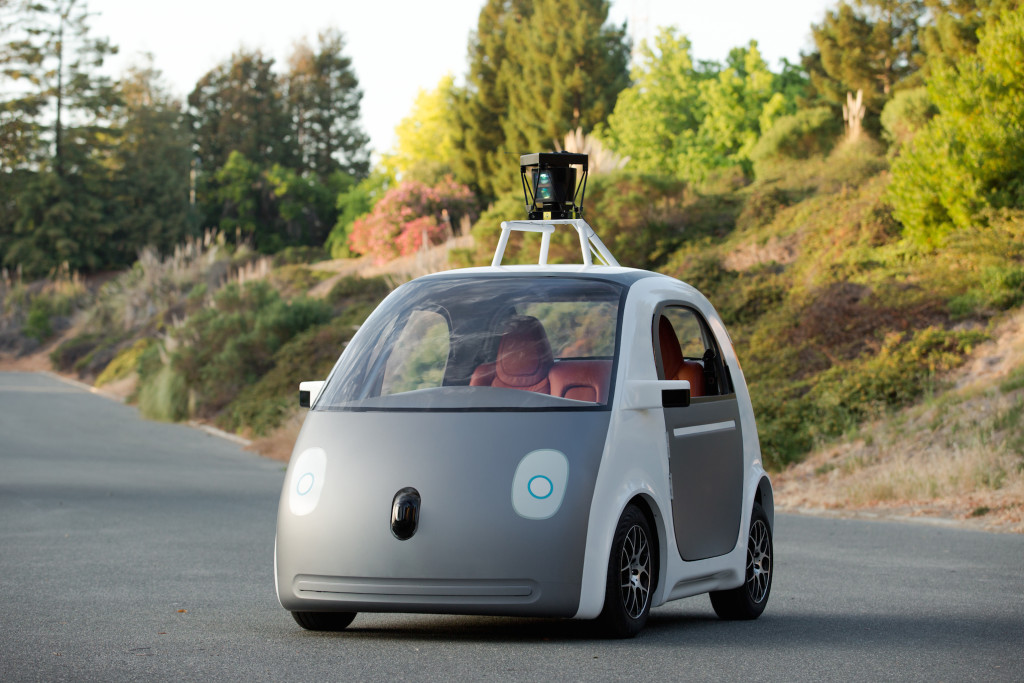Autonomous (self-driving) Cars

It’s among the hottest automotive news in the present day: driverless, autonomous cars have arrived. Google, in particular, has field tested autonomous vehicles for several years now and the results are quite good. And Tesla announced that one of their models will perform the first coast to coast self-driving trip in 2017. Driverless cars are what comes to mind when you think about “the future,” which will be here soon.
Their beginning
The first truly autonomous vehicles presented themselves in the 1980’s with Carnegie Mellon University’s ALV and Navlab projects, and through the project that Bundeswehr University and Mercedes Benz worked on: the Eureka Prometheus Project. Since those developments, several research organizations and major companies have been working to build very dependable autonomous vehicles.
Who has made autonomous cars?
Right now, the two big players in the autonomous vehicle world are Google and Tesla. Each company maintains their own car fleet that were modified to become self-driving. Google feels so great about their autonomous technology that they’ve actually removed the steering wheel and pedals in their latest models, taking away a driver’s ability to interfere with their system while on the road.
How They Work
Driverless cars use an array of radars, cameras, high-resolution maps, and special software to “see” the road in front of them, to the sides and behind them; essentially, they require plenty of technology to work. Autonomous cars are operated by motion actuators attached to the steering wheel and pedals. A central computer also pulls together all the data from sensors and internal maps and utilizes it to control the motions of the vehicle.
A major problem
The major issue with autonomous vehicles is a legal problem. Who’s going to be responsible when an autonomous car causes, or gets into, an accident? Is it the car’s manufacturer or the person in the car’s driver’s seat (even if they are not “driving”)? Needless to say, the insurance companies and the National Transportation Safety Board (NTSB) and are going to be seriously involved in discussions about this sort of thing. As you may imagine, the concept of driverless technology may take quite a while to accept, as all these issues are sorted out.
But autonomous vehicles perform well
In all of the testing that both Google and Tesla have done so far, driverless cars have proven themselves to not just be just as good as humans at driving, but really better in many cases.
If you’d like to buy one
Unfortunately, it will still be half a decade or more before any federal or state agency signs up as the guinea pigs for autonomous vehicles on their roads. Yes, both Google and Tesla’s autonomous cars have stellar driving records right now, and yes, they have millions of miles under their belt, but as you’re probably aware people are afraid of change, legislators doubly so. In the meantime, keep your eyes on this wonderful technology. Thanks to several technology giants and many major automakers, billions of dollars have been put into the research and manufacturing of autonomous cars over the last decade or so to eventually get to the point of mass production in the coming years. Get ready for these cars!
Article Courtesy of: Roberts Chrysler
Photo credit : The Verge






